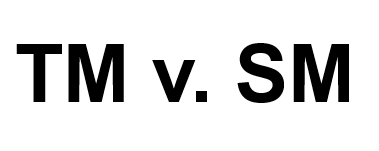 Trademarks are used to identify a source of goods. Service marks are used to identify a source of services.
Trademarks are used to identify a source of goods. Service marks are used to identify a source of services.
If your business provides services to customers, then the names, logos, and other marks used to provide services are considered service marks. For example, when you goto a Marriott hotel, the Marriott mark is being used as a service mark related to the hotel services (e.g. providing hotel rooms for customers). When you rent a hotel room goods are not necessarily sold, instead the service of a place to stay is provided.
If your business sells goods to customers then your names, logos and other marks used to provide goods are considered trademarks. The Coca-Cola mark is being used as a trademark when it is used to sale beverages.
If your business provides goods and services to customers then your business name and logo may be considered both a trademark and a service mark. If you goto Starbucks and purchase a coffee and then sit down in the coffee shop to drink it, the Starbucks mark is being used as a trademark and as a service mark. The Starbucks mark is used as a service mark because Starbucks is providing you with retail store services by providing a coffee shop location where you can purchase and consume their coffee. The Starbucks mark is also used as a trademark because Starbucks is selling you the actual goods of coffee, which you consume.
You can use “TM” in superscript next to your trademarks and you can use “SM” in superscript next to your service marks. If you have a mark that is both a trademark and a service mark, TM is commonly used , but either TM or SM can be used. If your mark is registered, you can use the circle R – (R) – in superscript next to the mark when using the mark with the goods or services listed in the registration.
Often the term trademark used to refer to both trademarks and service marks. The distinction between a trademark and a service mark is important when selecting the proper trademark/service mark class in a federal trademark application.